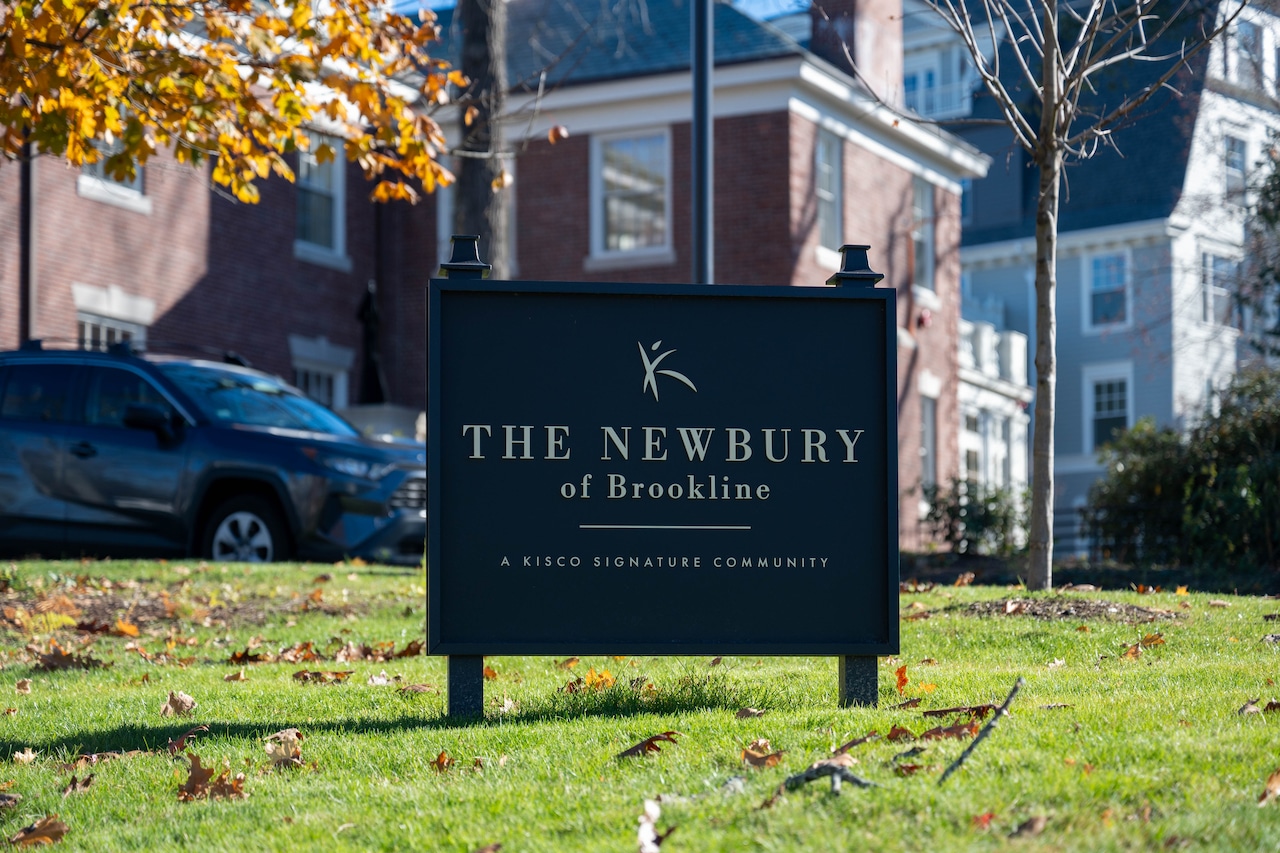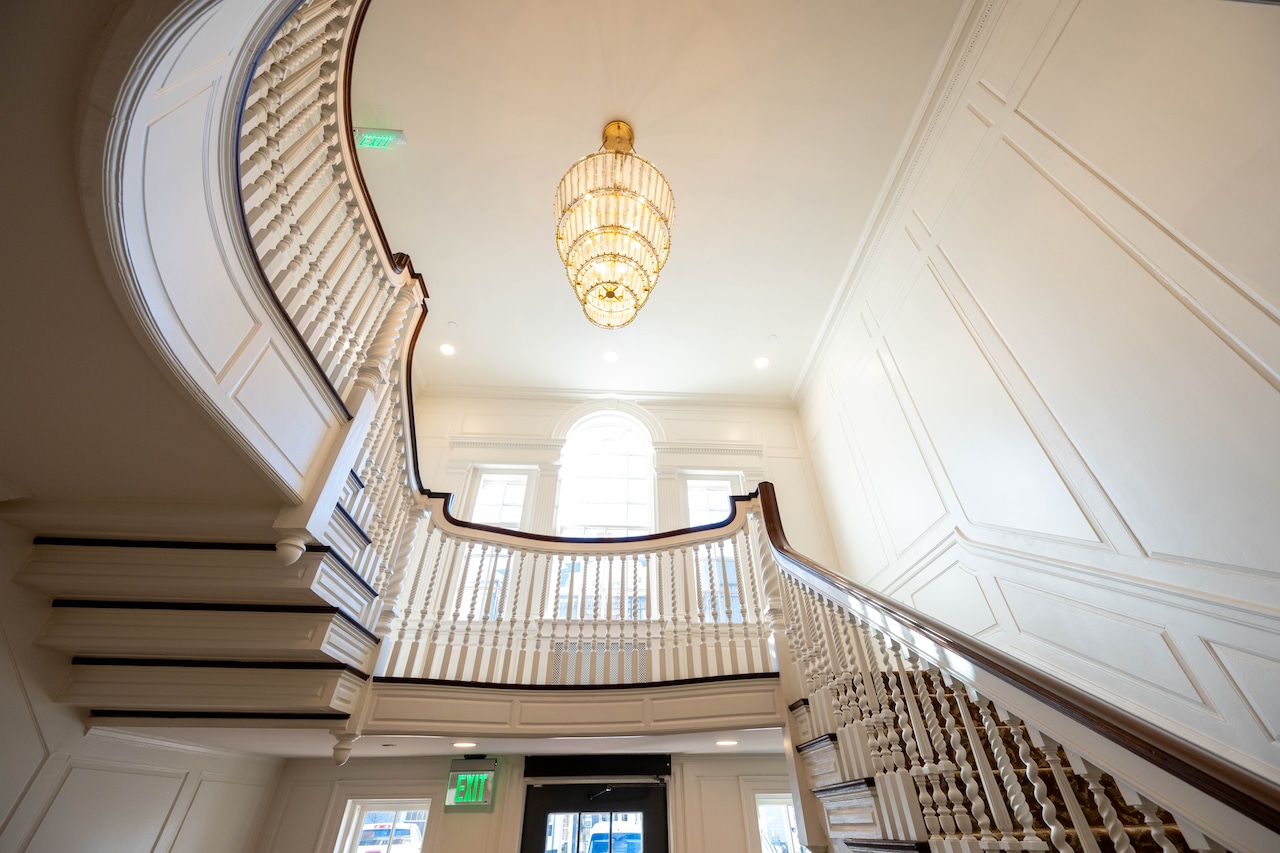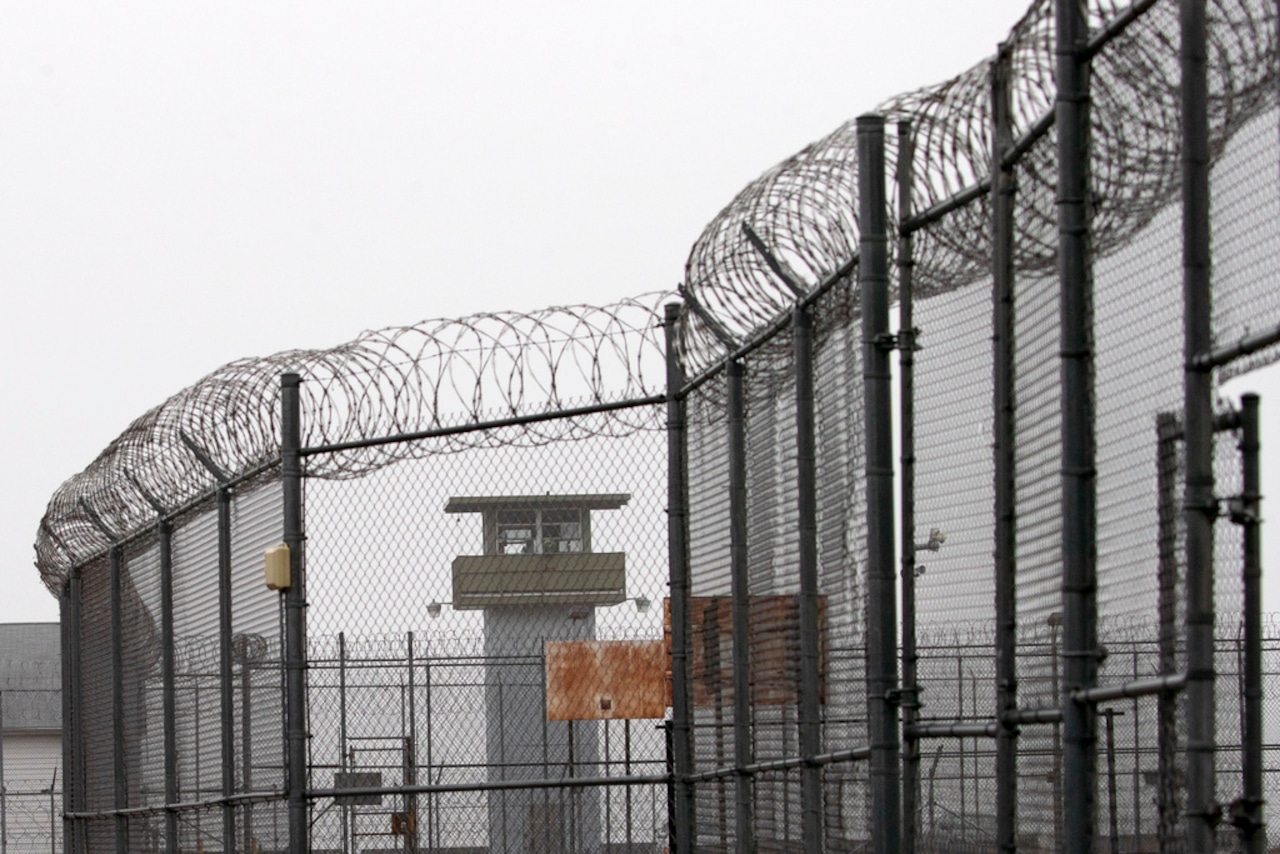Editor’s note: Since 2014, over two dozen Massachusetts colleges closed due to financial difficulties, leaving large tracts of land for possible development, including much-needed housing. This is the second of three articles that examine whether shuttered college campuses can be a solution to the state’s housing crisis.
The historic 1896 Mitton House mansion makes a stately impression with its brick facade and luxurious interior, including a reading room with built-in bookshelves carved out of dark refurbished wood.
Once a Newbury College building, it’s now The Newbury of Brookline, a luxury senior housing development that costs residents at least $10,000 a month in rent.
Newbury is the latest in a growing list of recently closed colleges and universities that have successfully turned into luxury housing communities — including the University of Massachusetts Lowell’s West Campus.
It’s a trend that concerns some housing experts and community advocates, including Deborah Brown.
She is the president of Brookline Community Development Corporation, a nonprofit organization working to improve access to affordable housing and economic opportunity in Brookline.
View the video on a mobile device here.
“You are creating an opportunity — although it’s an opportunity if you have probably $1.8 million in the bank,” Brown said. “I think it’s an OK result. Do I think it’s the best result? Probably not.”
At the same time, some other housing advocates argue that new housing of any kind, including luxury housing, is an important element in solving the state’s critical housing shortage, especially when it helps fund affordable housing.
Seed money for affordable housing
Brown said she recognizes that the creation of The Newbury of Brookline increased the town’s tax base.
Newbury College, as an educational institution, didn’t pay property taxes. The luxury senior living residences are projected to pay around $900,000 in property taxes annually, according to Madeline Fitzgerald, who was part of the team that managed The Newbury of Brookline project.
The Newbury of Brookline also helped create affordable housing in the area with a required $6,525,000 donation to Brookline’s Affordable Housing Trust fund, according to planning director Kara Brewton.
Affordable housing is for low or moderate-income households that usually earn at or below 80% of the area median income, according to Massachusetts law.
In Brookline, the median household income between 2019 and 2023 was over $140,000, according to census data. Boston had a median household income of close to $95,000 during the same time period.
Close to 8% of Brookline’s total year-round housing units are considered affordable, according to the town.
The Newbury of Brookline group’s seven-figure donation covered additional units in an affordable housing project for low-income older adults and disabled residents, Brewton said.
The project — at 32 Marion Street — is under construction and anticipated to be completed in January 2026, according to Maria Maffei, director of redevelopment at Brookline Housing Authority.
It is the authority’s most significant project since the 1960s, replacing an obsolete property containing 60 affordable units with 115 one-bedroom affordable units, Maffei said.
One-person households with incomes between $34,260 and $68,520 are eligible for the new units. Two-person households are also eligible with differing income limits.
The property could not have been completed without the donation from The Newbury at Brookline, Brown said.
“It ended up being the seed money, or a chunk of the seed money to make that project work,” she said.
The housing project required not only The Newbury of Brookline’s donation but a combination of financial sources, according to Brewton.
Luxury housing one path to attainable and affordable housing
Luxury housing can be an essential component of increasing the housing supply in the state, according to Jesse Kanson-Benanav, executive director of Abundant Housing Massachusetts.
Like The Newbury of Brookline, luxury housing can contribute funding to affordable projects, he said.
“As much as we need to continue and grow our investment in affordable housing, we won’t ever have enough state resources to build all the things that we need, nor will everyone be able to be eligible for it,” Kanson-Benanav said. “We actually need to create higher-end housing to help buffer the market for working class or lower income folks who aren’t in subsidized housing.”

Jesse Kanson-Benanav is the Executive Director of Abundant Housing Massachusetts.Grainy Daze Studios
In some cases, luxury housing can also free up more housing when people sell their single-family homes in favor of luxury apartment living, he said.
But not everyone thinks that — including Eloise Lawrence, Harvard Law Professor and deputy faculty director of the Harvard Legal Aid Bureau.
“Providing more luxury housing is not going to be the answer. We know that because we’ve been adding a lot of luxury housing, and the problem’s getting worse, not better,” Lawrence said.
She is apprehensive about relying too heavily on luxury housing and said she doesn’t believe luxury housing will open the housing market. Some may use their homes or apartments as secondary residences or use them as investment properties.
At the same time, Lawrence said she recognizes that building some housing is better than not building any.
“ Brookline has added so few units in the 21st century, right? So I’m in favor of any units being built in Brookline,” she said.
Less than 15% of Brookline’s housing stock was built after 1980, according to the housing advocacy organization Brookline for Everyone.
This is also an issue for Greater Boston, where a quarter of housing stock was built after 1980.
In Philadelphia and San Francisco, a third of housing stock was built after 1980, and more than half was built in Seattle and Washington, D.C., according to The Boston Foundation, a nonprofit organization.
Both Lawrence and Kanson-Benanav want more housing for all income levels to be built.
The state has to build at least 222,000 homes by 2035 in order to stabilize the housing market, according to a housing plan released by Gov. Maura Healey earlier this month.
Of the 222,000, 40% or 88,800 need to be affordable to 80% of the area median income, according to Matt Noyes, director of public policy at housing advocacy organization Citizens’ Housing and Planning Association. The area median income differs based on location and household size.
Ten percent or 22,200 of the housing units need to be affordable to extremely low-income households, 30% of the area median income or below, he said. Half of those 22,200 need to be supportive housing, including behavioral or mental health services, to help residents maintain housing.
The rest of the housing can be market-rate homes, Noyes said.
The incentive to build luxury housing
Douglas Manz, who managed The Newbury of Brookline project, said nonprofit developers “do affordable housing much better than we do as a private market-rate developer.”

Douglas Manz (Sebastian Restrepo/MassLive)
Private developers, he said, have fewer federal, state and local financial resources to make projects possible — such as grants or tax credits — which makes it less cost-effective amid soaring construction costs. It is also more challenging to attract investors.
”Our investors have choices all around the country — they’re not just specific to one market,” Manz said.
If projects aren’t going to make investors enough of a profit, they’ll just move on to the next project, he said.
Manz added that The Newbury of Brookline is helping address the housing shortage in Brookline because there is a “tremendous demand” in the area for not only senior housing but also independent, assisted and memory care — all of which the facility offers.
He called the growing number of aging people who need such housing a “silver tsunami.”
In 2020, there were around 1.2 million people 65 or older — an increase of around 32% from a decade prior, according to the U.S. Administration on Aging.
As seniors leave their single-family homes, it creates housing opportunities for younger buyers and provides money for the care they might receive at The Newbury of Brookline, he said.
- Read more: Not so ‘affordable’: Why affordable housing is still too expensive for people who need it most
“ From our perspective, every piece helps, right? And it only grows the housing stock, and it allows more options,” Manz said.
When The Newbury of Brookline bought the campus, it sold some of the buildings on campus back to Brookline for nearly $15 million, according to Kara Brewton, the town’s director of planning and community development.
Now that The Newbury of Brookline property is taxable, as it’s no longer an educational institution, Brown hopes the town will use the $900,000 annual taxes to turn the rest of the former Newbury College land into affordable housing.
A select board-appointed committee is discussing future uses for the site, such as housing or educational uses, according to Brewton.
“Let’s work with what we have. We have a sizable chunk of property to put affordable housing on. And we should be looking at that,” Brown said.








